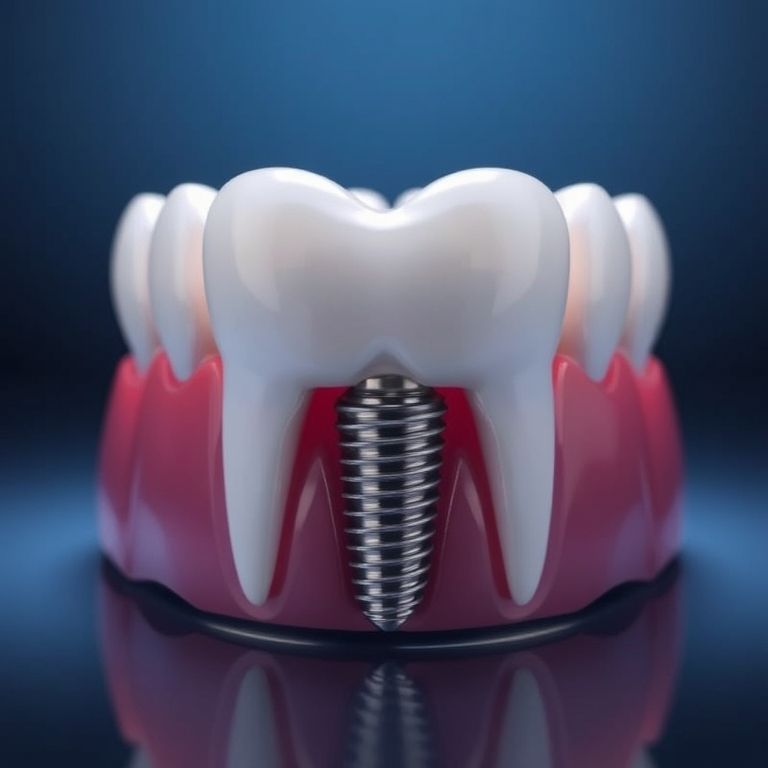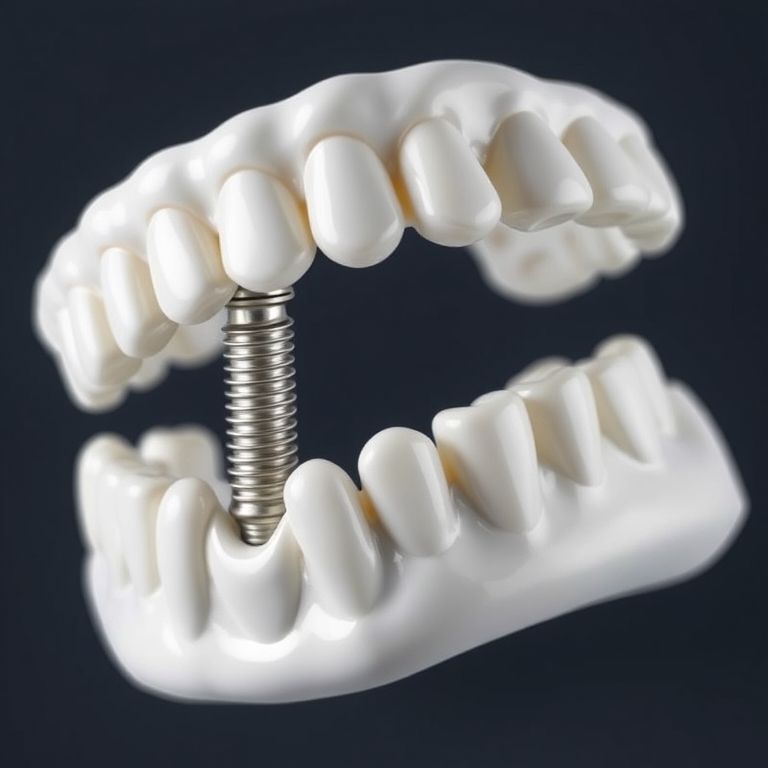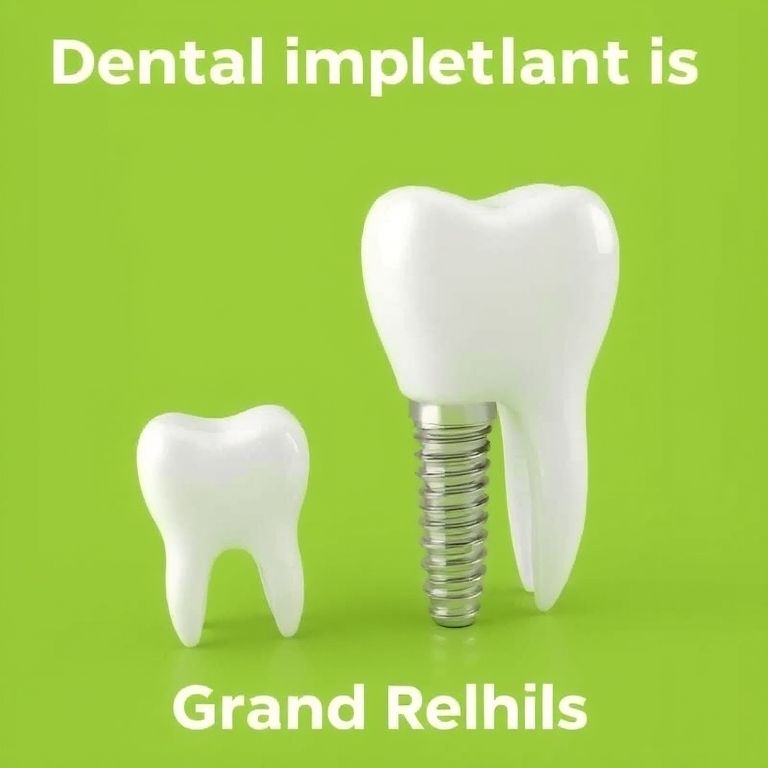Affordable Dental Implants and Dental Hygiene: A Complete Guide to Restoring Your Smile
A confident smile is one of the most powerful assets a person can have. However, missing teeth can affect not only your appearance but also your oral health, speech, and ability to chew properly. Dental implants have revolutionized modern dentistry by offering a permanent solution to tooth loss, but their high cost often deters people from seeking treatment.
This comprehensive guide explores affordable dental implants and dental hygiene in ensuring their success. Whether you’re considering implants or simply want to improve your oral care routine, this article provides expert insights, cost-saving tips, and essential maintenance advice.

2. Understanding Dental Implants
What Are Dental Implants?
Dental implants are titanium posts surgically placed into the jawbone to replace missing teeth. They act as artificial tooth roots, providing a stable foundation for crowns, bridges, or dentures.
Types of Dental Implants
- Endosteal Implants – The most common type, placed directly into the jawbone.
- Subperiosteal Implants – Placed under the gum but above the jawbone, ideal for patients with bone loss.
- All-on-4 Implants – Full-arch restoration using just four implants per jaw.
Benefits of Dental Implants Over Dentures and Bridges
- Permanent solution – Unlike dentures, implants don’t slip or require adhesives.
- Prevents bone loss – Stimulates the jawbone, preventing deterioration.
- Natural look and feel – Functions like real teeth.
3. The Cost of Dental Implants: Why Are They Expensive?
Factors Affecting Dental Implant Costs
| Factor | Impact on Cost |
|---|---|
| Number of Implants | More implants = Higher cost |
| Bone Grafting | Additional procedure if bone density is low |
| Implant Material | Titanium vs. Zirconia |
| Dentist’s Expertise | Experienced surgeons may charge more |
Average Prices Worldwide
- USA: $3,000–$6,000 per implant
- Mexico: $1,000–$2,500 per implant
- India: $800–$2,000 per implant
How to Find Affordable Dental Implants
- Dental Schools – Lower-cost procedures performed by supervised students.
- Insurance & Financing – Some plans cover partial costs.
- Medical Tourism – Countries like Mexico and Thailand offer quality care at lower prices.
4. Dental Hygiene: The Foundation for Successful Implants
Poor oral hygiene can lead to peri-implantitis, a condition similar to gum disease that causes implant failure.
Best Practices for Maintaining Implants
- Brush twice daily with a soft-bristle toothbrush.
- Use non-abrasive toothpaste to avoid scratching implants.
- Floss daily with implant-specific floss.
Common Dental Hygiene Mistakes to Avoid
- Skipping dental check-ups
- Using hard-bristle brushes
- Ignoring gum inflammation
5. The Dental Implant Procedure: Step-by-Step
- Consultation – X-rays and 3D scans to assess bone density.
- Bone Grafting (if needed) – Strengthens the jawbone.
- Implant Placement – Titanium post inserted into the bone.
- Osseointegration – Healing period (3–6 months).
- Abutment & Crown Placement – Final prosthetic tooth attached.
10. Conclusion
Dental implants offer a lifelong solution for missing teeth, but their success depends on proper hygiene and affordable care options. By researching costs, maintaining oral health, and choosing a skilled dentist, you can achieve a natural, functional smile without breaking the bank.
11. Frequently Asked Questions (FAQs)
Q: How long do dental implants last?
A: With proper care, they can last 25+ years or a lifetime.
Q: Are dental implants painful?
A: The procedure is done under anesthesia, so discomfort is minimal.
Q: Can smokers get dental implants?
A: Smoking increases failure risk, but quitting improves success rates.
12. Additional Resources
- American Dental Association (ADA) – Implant Guidelines
- National Institute of Dental and Craniofacial Research


